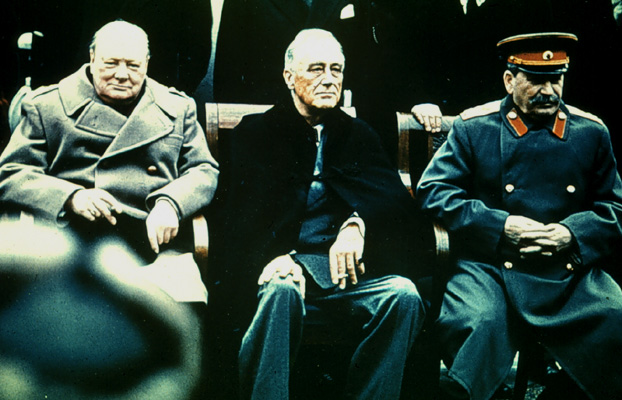
Cold War and New Nations: 1945—1989
This chapter places the start of the Cold War in 1945, the same year the war ended and therefore begs that we return to the question, "to what extent was the Soviet Union's shifting troops to the War in the Pacific against Japan a factor in America's decision to use two atomic bombs in three days to force a quick unconditional surrender?"
What was the big deal over the Soviets? What was there to fear?
Some of the tension has its origins in pre-First World War and post First World War periods: the exploding populations of industrial nations created pressures for worker rights and services that most countries were not willing or able to provide. The Russian Revolution as Russian troops pulled out of the First World War (after losing 2 million!) provided an alternative approach to an industrial economy that the power-brokers in other industrial nations dreaded and feared. Russia's absence from the First World War Peace Settlement at Verssailes may be the first vestiges of the Cold War since Western Allies, including the U.S. supported the "White Russian" against the Bolshevicks during the revolution. Even before the First World War, with the Crimean War, Western European powers supported the Ottoman Empire against the Russians. Imperial Rivalries in the "Great Game" were as much a factor as fear of Russian inspired worker-led revolutions in the later period. When the world slipped into global depression, only the Soviet Union had full employment and other nations, from Hitler's Germany to FDR's America were forced to enact new social and economic security measures that were not unlike Soviet 5 year plans, government work programs, and social security. The big difference, however, remained private property, which the Soviet Union, under Joseph Stalin's leadership seized as emminent domain for the state under heavy losses (millions were killed or sent to Gulags, work camps) in the process. The Second World War provided a lull in the historic tensions between the Western (and American) powers and the Russians as they were allies against the Germans, but arguably not the Japanese. The Yalta Conference between FDR, Winston Churchill, and Joseph Stalin basically divided up Europe into zones of influence for the post-war period, setting the stage for NATO and the Warsaw Pact. According to our text, NATO (1949) and American insistence on controlling Japan and S.Korea made the Soviets feel that America was surrounding them and hence the need for the Warsaw Pact (1955). Add to this layer of mutual mistrust, the movements for independence in China, Korea and Vietnam, and the respective clients that the Soviets, Chinese, and Americans courted and supported over the course of the Chinese (versus Chiang Kai Shek's Nationalists), Korean and Vietnam wars.

The fear, informed and ill-informed, over the Soviet Union and China during the 1950s as the Soviets quickly tested their own atomic bomb in 1949 and hydregen bomb a year after the U.S. in 1953 snowballed into a national paranoia, or Red Scare when Senator Joseph McCarthey created the House Un-American Activities Committee, which required that people in the public eye, people in radio and the new medium of T.V. sign an oath of allegiece to the U.S. or be blacklisted by their respective industries. It was during this time as well that the phrase "In God We Trust" was added to our currency in attempt to set us appart from the "godless communists" as we each competed for client states in our economically and ideologically motivated quest for global influence. The Soviets and the U.S. each had their own prescriptions for economic and industrial development and the newly independent and developing countries would play each against the other in attempt to get the biggest loans and assistance packages. Often, the U.S. and the U.S.S.R. each had clients in the same country and they ended up fighting each other in civil wars, or assisting fighters in neighboring countries. China, Korea, and Vietnam are the first and most famous of the so called Client Wars. The U.S. and the U.S.S.R. represented the First and Second World [Economies] respectively with the newly independent and industrializing nations under their influence being the [Third World]. Numerous so called Third World countries including Indonesia and India when they finally secured their independence refused to allign themselves with either the U.S. or the U.S.S.R. During the peak of the Cold War, such Third World nations, like Egypt, India, and Ethiopia were proud of their movements for disarmament and different directions for economic development. Technological development did not, and should not, they argued mean the same thing for every country; and peoples' needs should take a higher priority than the U.S., Western Europe, and the Soviet Union had given them. OPEC was among a number of new regional, non-aligned groupings of Third World nations formed to better address their issues and common goals.
East Asia
China: Since the First World War Peace settlement that gave Japan rGermany's territory in China, the Shandong peninsula, students ( May 4th Movement) and political leadership of the masses moved increasingly toward the Soviets for support against the "hypocritical" victors of the First World War. Mao Tse Dong, the Communist leader teams up with Chang Kai Shek against the Japanese until Chang Kai Shek turns on Mao and he retreats into the mountains on the Long March. Along the way, Mao Tse Dong earns the support of the peasants who he helps liberate from corrupt landlords who have overtaxed the peasants for decades already under the support of the Nationalist and Western European and American forces. Mao and the peasants fight the Nationalists, supported by the U.S. for four years after the end of the Second World War. When the U.S. is sure that it can not win Vietnam in 1972, Nixon visits Communist China in a historic meeting to establish trade relations, dialoge and their participation on the Security Council of the U.N.

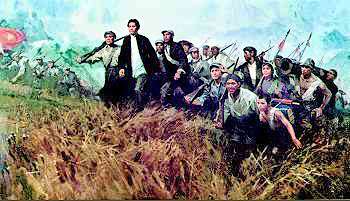
Korea: After having experienced the oppression of Japanese colonial subjugation for almost 50 years, joint American and Soviet division of the country in hopes of one day being unified instigates the Korean War when the North invades south of the 38th parallel. China supports the North after McCarther crosses the Yalu river border between N.Korea and China, driving back the American led U.N. military below the 38th parallel again. China proves that America is only a "paper tiger." Ironically, the Chinese and Soviets have a falling out over the Korean war because the Soviets fail to support the Chinese as they had promised inially.
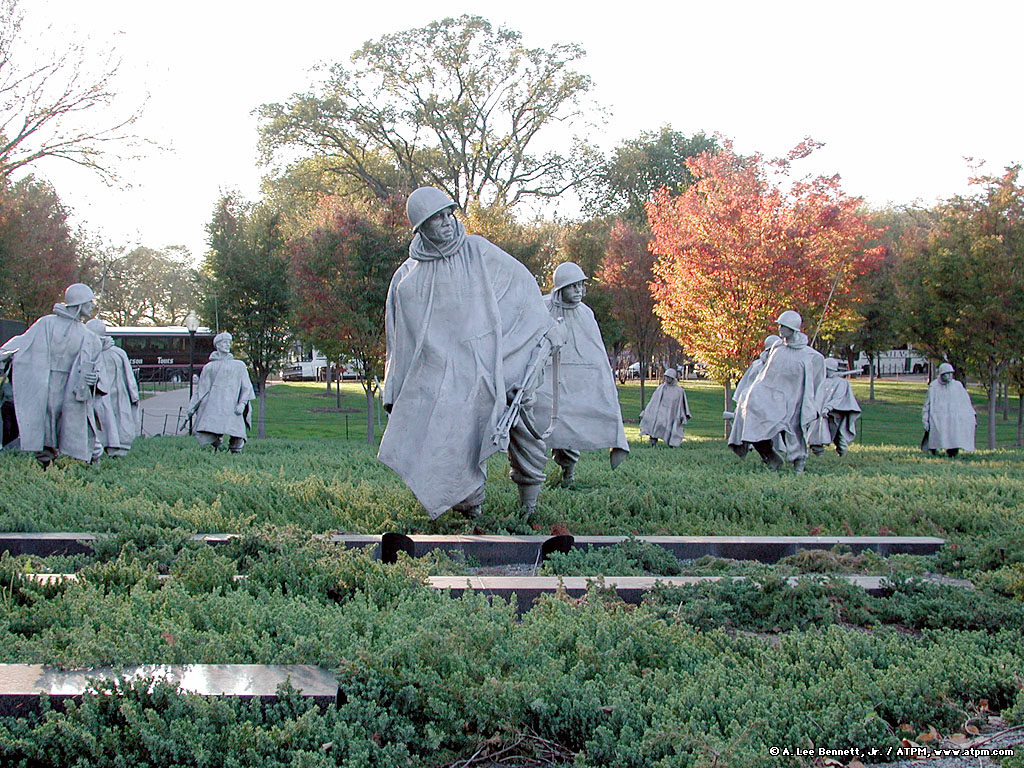
Japan: American occupation continues for five years until 1950 when Japan plays a major support role for America's involvement in the Korean and later Vietnamese wars. Japan's pacifist consitution after the Second World War allows them to devote all of their investment into developing more effective and quality based production systems in part due to the guidance of production quality management advisor W Edwards Deming. Major American military bases continue to operate on the islands of Okinawa and Honshu. Japan becomes the second largest economy in the world, behind (and in support of the U.S.) by the end of the twentieth century, but its constitution remained pacifist until the Iraq War when several hundred Japanese troops were sent to man non-military positions.
Update on China and Japan to the present day:
Ever since the Nixon-Mao accommodation in 1972, Chinese strategic analysts have generally viewed the US-Japan security pact as a way to restrain Japanese remilitarization. Some have called it the "cork" in the "bottle," or a "leash" on a possible new Japanese military threat in a region whose tensions, pivoting on China-Japan conflict, are growing even as its economic bonds expand. Now, however, [the Japanese Prime Minister,] Koizumi's decision to deploy missile defenses in collaboration with US surveillance and command-and-control - in conjunction Japanese dispatch of Self-Defense Forces to support the US in the Iraq War, the permanent stationing of the Maritime Self-Defense Forces in the Indian Ocean and Persian Gulf, the repositioning of US forces centered on the transfer of I Corps to Japan, and the explicit inclusion of Taiwan within the scope of the alliance -- have convinced the Chinese that Japan has become an active participating in a US design to contain China.
South East Asia (once the "gateway" to trade with China and producer of latex rubber, Southeast Asia remains a shipping gateway to trade between South Asia (India) and East Asia (Japan and China) as well as for shipping crude oil from SW Asia. The French (Vietnam) and Dutch (Indonesia) tried unsuccessfully to hold on to colonies they had kept through the two world wars. Understandably, Islamic extremism is a common reality in Indonesia and Malaysia, two countries with the world's largest Muslim populations.
Vietnam: France attempts to return to Vietnam but the Northern Vietnamese defeat them at Bienbienpu and the Americans get involved to support the southern Vietnamese below the 17th parallel. 1965-1973. The U.S. "domino theory" turned out to be ill-informed, or misguided, and the U.S. now trades freely with Vietnam in the 21st century.
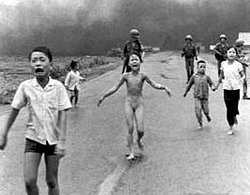
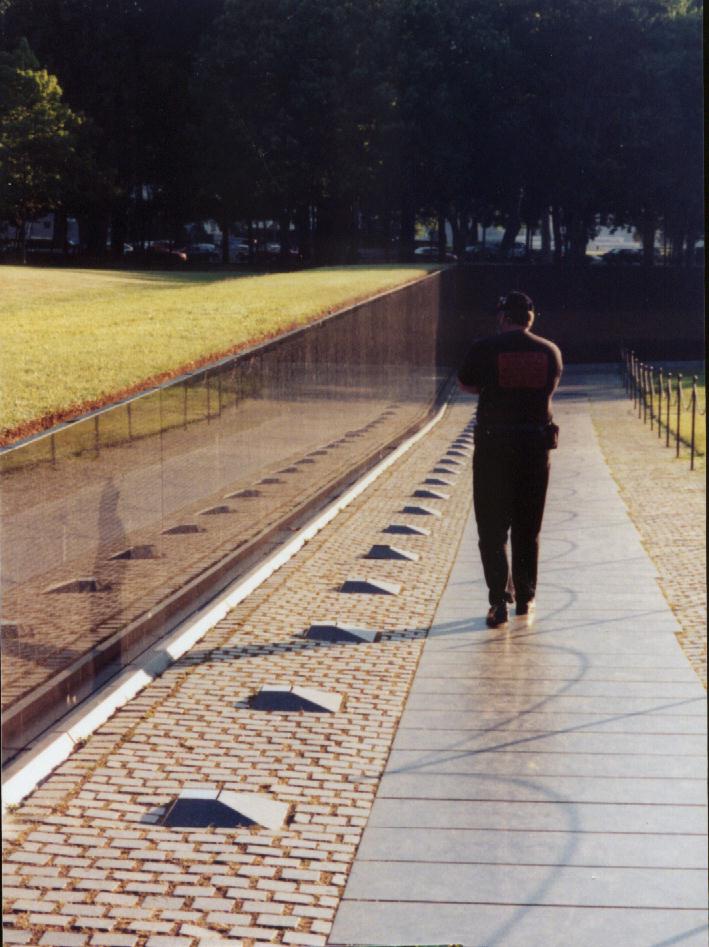
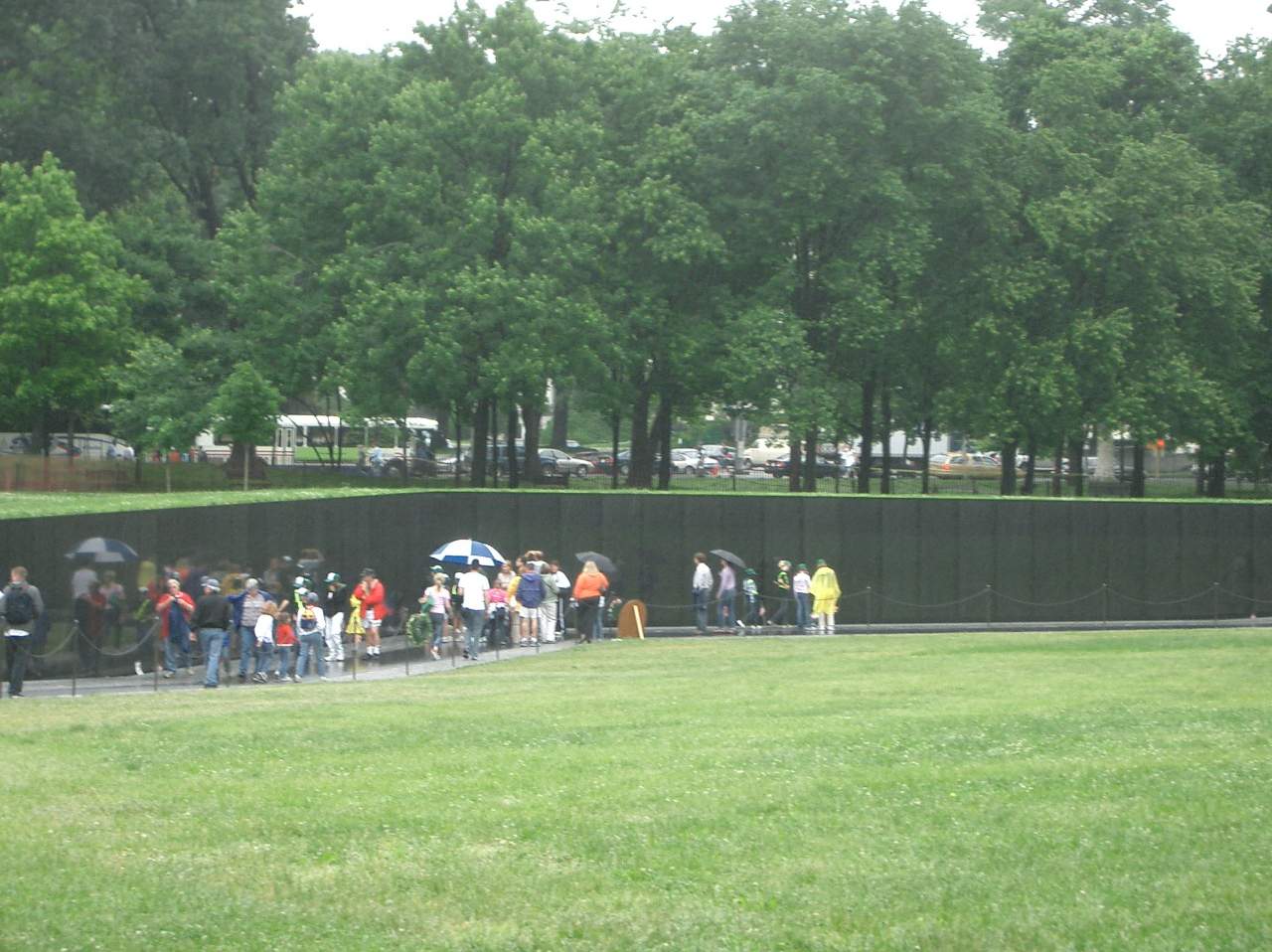
Indonesia: Holland returns to control its colony again with the help of the British who also want to keep control of Burma (Myanmar) and India, but America steps in and threatens to withhold Marshall Plan money if they don't let Indonesia have independence. Churchill and his party are voted out of office because of his continued colonial policies.
South Asia: the British finally relenquish their colonies of India and Burma (now Myanmar) but colonial legacies remain in the form of Hindu Muslim violence and a military dictatorship in Myanmar.
India: Under Mahatmas Gandhi's effective mobilization of the peasantry, India gets independence by 1947, but Hindus and Muslims can not reconcile differences and partition the country along religious lines (Muslims in Pakistan and Bangladesh). Conflict continues over the border region of Kashmir. Gandhi's non-violent movement Satyagraha ("soul force") is a practice in religious synchretism as much as it is on in civil disobedience. Gandhi is killed by Hindu extremist who is uncomfortable with his claim be to a Hindu, Muslim, and Christian. Ghandi's movement was an appeal to the universal morality of each religion using mass media and the eyes and conscience of the Western world to pressure British to "quit India." (To what extent would his approach have been successful in China for Mao Tse Dong?) Comparing the paths of industrialization and militarization between India and China is also useful because, while India, has the largest democracy in the world with a relatively weak (in terms of distribution of wealth) economy, China has a less developed democatic tradtition but a more successful economic experience. The text does a good job answering these questions toward the end of the chapter on India and China.
Southwest Asia
Iraq: Between the First and Second World Wars, Iraq gets its independence in 1932 from Britain and turns to the Soviet Union for economic support in the face of the global economic depression. America would later support Iraq against their neighbor, Iran. Interestingly, U.S. President Ronald Reagan, while supporting Iraq against Iran, secretly sold weapons to Iran and funneled the proceeds of the weapons sales to Nicaragua to support a rebel group called the Contras in their movement against the Soviet-supported Sandinistas
Iran: between the increasingly corrupt monarchies supported by British and American oil companies, common people in Iran became more isolated and underrepresented until 1979 when students at Tehran University seized the American embassy and took Americans working there hostage for over a year. Saddam Hussein, the Iraqi president, with the support of the U.S. fought a war with Iran for the next eight years.
Israel: After the Second World War, the United Nations establishes the nation of Israel to give the Jews some security after suffering from persectution and genocide under Germany's Holocaust. Israel quickly becomes a part of the colonial policies in the region as Britain and France vie to control Egypt and Algeria. The U.S. steps in to support Egypt's president Nasser against them. Israel remains a sticking point among its neighbors who are not interested in accepting the Palestinian refugees created by the increasing conflicts between Jews immigrating to Israel and local Arab Palestinians who attempt to maintain control of their lands. The neighboring countries of Egypt, Jordan, Syria, and Lebanon, for several decades, do not accept the imposed creation of Israel and cite the Balfour Declaration (post-First World War) in attempt to hold the British to their initial guarantee for Arab civil and religious rights in the region. The Palestinian/Israeli conflict remains central to understanding the dynamics of America's War on Terror and the animosity toward America and Western European nations since the post-First World War period (e.g. the Mandate System in which France and Britain divided-up territories there).
http://images.google.com/imgres?imgurl=http://biblia.com/jesusm/israel-today-50.gif&imgrefurl=http://biblia.com/jesusm/israel.htm&h=409&w=600&sz=50&tbnid=7OJwGbU_MmwYqM:&tbnh=90&tbnw=133&hl=en&start=2&prev=/images%3Fq%3Disrael%2Bpalestine%26svnum%3D10%26hl%3Den%26lr%3D
Afghanistan: In attempt to contoll resources in the region and prevent Muslim extremists in the southern republics from getting support for independence movments, the Soviets invaded Afghanistan around 1979. The U.S. supported Muslim freedom fighters (mujahadin -- soon to become Taliban), including one fighter exiled from Saudi Arabia. His name was Osama Bin Laden. After five years of fighting, Afghanistan, like Vietnam for America, turned out to be unwinnable and the Soviets withdrew. Amerca withdrew support for the freedom fighters as well and the Taliban proceeded to control the country under a severe Islamic law. The Taliban allowed Bin Laden to train people to fight in other countries in North Africa and the mid-East (Egypt, Palestine, and Saudi Arabia) in attempt to drive out the western Imperialists and the monarchs they supported.
Africa (European national boundary-making creates problems as it did in the Mid-East)
Algeria: Finally gained independence from France after a bloody war in 1962. More than a million French Algerians returned to France where tensions remain between them and Algerians who had migrated to France years earlier. In 2005, many young Algerian-French rioted in the streets at night burning cars to protest discrimination they face trying to secure jobs. Despite their equal status under French law, discrimination is a demographic reality that the government now takes seriously enough to fund affirmative action programs based on similar U.S. experience after African-Americans finally overcame segregation the the South.
Congo: Congo Crisis of 1960 represents the shifting imperial interests begining with Belgium control of rubber plantations in the 19th century. Now diamonds, cobalt, copper, coffee and crude oil are the prizes as the Congo gets independence in 1960. The CIA gets involved in supporting Belgium efforts to make sure a regime favorable to their interests remains in power. Mobutu changes the name of the Congo to Zaire and steals alot of money with the support of the U.S., French, and Moroccan governments.
Angola, Mozambique, and Guinea: Portugal controls until 1974 only after Cuban and USSR support of independence movement.
South Africa: Suffering discrimination and apartheid under minority British rule, black South Africans in 1989, finally got the right to live, work, and participate politically anywhere in the country. Nelson Mandella was freed from prison and was elected president in the 1990s.
Latin America
now http://www.npr.org/templates/story/story.php?storyId=5328337 (continuing Marxist inclinations)
Cuba: 1959 Fidel Castro and Che Quevera lead a popular revolution against large sugar plantation owners (mainly Americans) to benefit the people. Progress is made regarding health and education but no functioning democracy develops and Castro courts the Soviet Union for its sugar market and oil refining, once controlled by the U.S. Kenedy funds Cuban exiles in the failed Bay of Pigs invasion in 1961. Castro brings in Soviet nuclear warheads in response and Kennedy has to make a deal with Soviet president Khrushchev promising not to invade Cuba again and pull his missles pointed at the Soviet Union in Turkey.
Nicaragua: 1909-1933 U.S. marines maintain presence until the U.S. trains a Nicaraguan National Guard, but one army officer, Augusto Cesar Sandino rejects the hegemony and leads a guerilla war until murdered by Somoza and U.S. marines. Somoza becomes a family dynasty. La Prensa newspaper goes against the government. The Sandinista Front for Naitonal Liberation, in memory of Sandino, fights through the 1960s and 70s until they achieve power in 1979. The CIA under President Ronald Reagan train and arm the Contra rebels. School of the Americas in Georgia is still under protest by people made aware of their role in training subversive U.S. supported groups in Latin America.
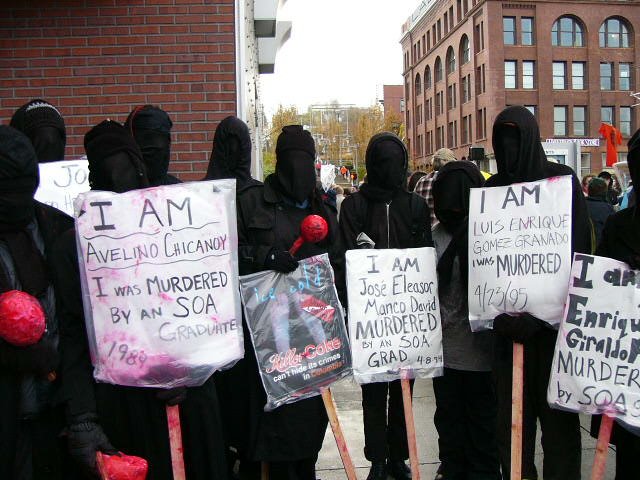
Guatemala: the quinticential Bannana Republic. 1951 Colonel Jacobo Arbenz won the election and because he siezed 400,000 acres of fallow land owned by the United Fruit Company, caused a backlash from the U.S. who supported an opposing rebel group based in Honduras. In 1999, President Clinton appologized to people in Guatemala.
Panama: After a failed French attempt to build the canal in what was then Columbia, the U.S. in effect created the nation of Panama in 1903 to secure U.S. completion and access to the canal. President Jimmy Carter brokered a deal with the Panamanian government there to give control to them in 2000.
Chile: Christian Democratic government from 1964 to 1970 took over U.S. contolled copper mines while maintaining good relations. Socialist Salvador Allende increased land reform efforts and caused a U.S. backlash. The CIA supported a miliary coup lead by Augusto Pinochet who killed hundreds of thousands of Allende supporters. Chile eventually voted out Pinochet.
http://images.google.com/imgres?imgurl=http://www.duckdaotsu.org/PINOCHET650.jpg&imgrefurl=http://www.duckdaotsu.org/t082604-082704-kissinger-pinochet.html&h=486&w=650&sz=80&tbnid=RpyajHpuNW6REM:&tbnh=100&tbnw=135&hl=en&start=2&prev=/images%3Fq%3DPinochet%2Batrocities%26svnum%3D10%26hl%3Den%26lr%3D%26sa%3DG
U.S.S.R. first atomic bomb 1949; Why were there spies? Why did China have their Communist Revolution in 1949 ("How did we lose China?"); expulsion of Nationalist forces to Taiwan; U.S. Hydrogen bomb in 1952; U.S.S.R. in 1953; Sputnik un-manned space sattelite1957; first manned in 1961; President Kennedy vows a man on the moon by 1969;